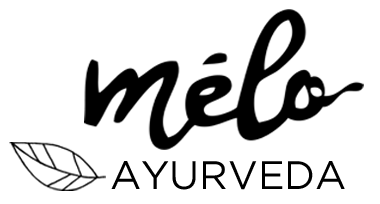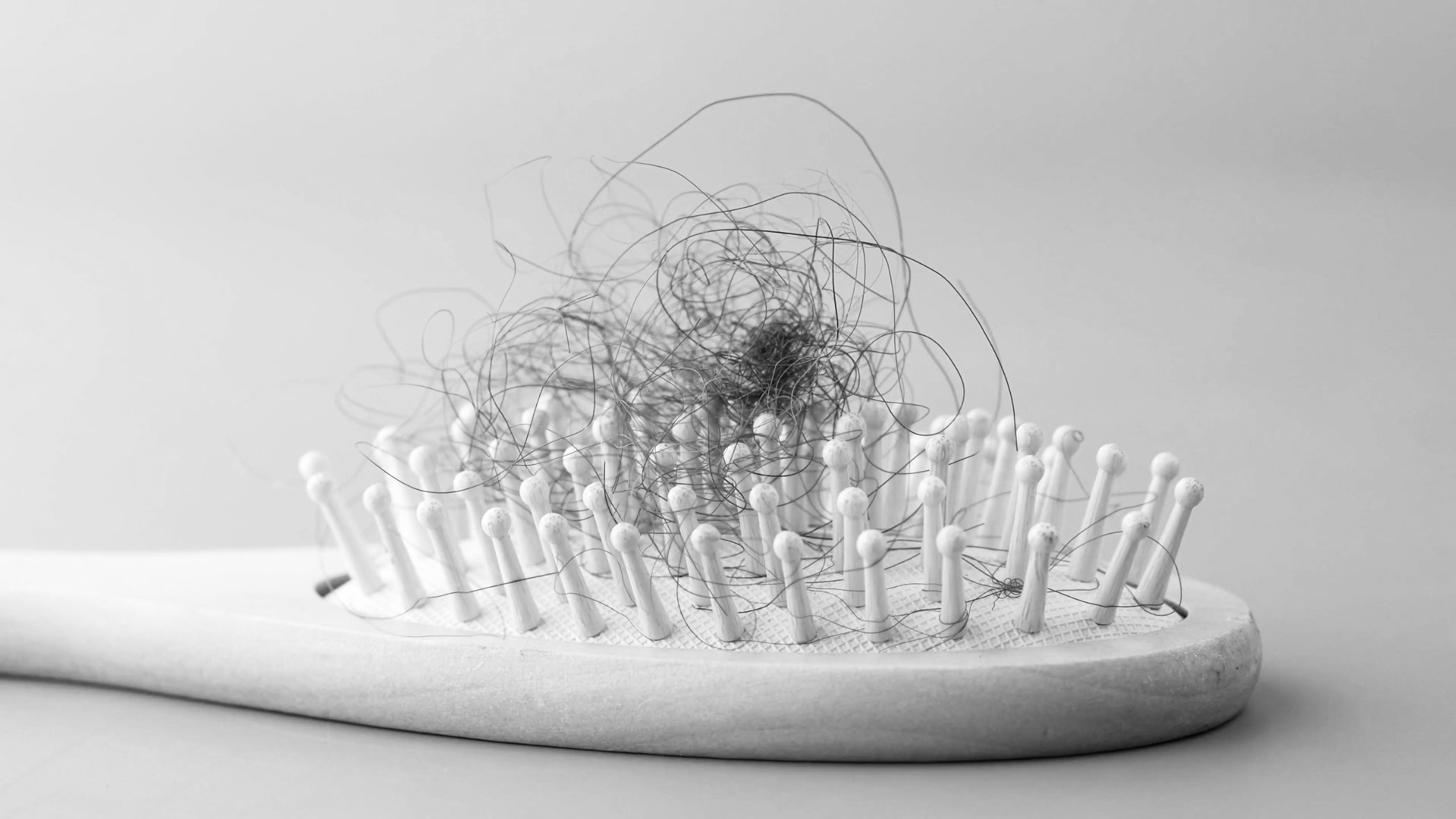The classic hair routine consists of first washing the hair with shampoo and then applying conditioner, sometimes an additional gel or mask for certain hair types.
Here are 6 popular unconventional hair routines to explore:
- No poo movement
No poo means no shampoo, washing your hair without commercial shampoo. The purest form of adopting "no poo" is using only water to wash your hair.
Water has no cleansing power to remove dirt and sebum (grease) from the hair and scalp. This is not a good idea. Washing your hair with water alone, especially in an area with hard water, will make your hair look dull.

Other alternatives like baking soda and diluted apple cider vinegar are used to wash hair. Baking soda damages the hair cuticle because it has an alkaline pH of 9, while our hair has an acidic pH of 4. Washing your hair with baking soda is strongly discouraged.
On the other hand, diluted apple cider vinegar (pH 5) doesn't seem like a bad idea, but in the long run, hair will lose its shine.
Low poo or co-wash
Low poo means little shampooing. Replace shampoo with conditioner. Conditioners are primarily oil-based and contain no cleansing power (lack of surfactants).
The obvious problem here is not removing dirt and pollution from the scalp and hair. This routine will make hair dirty and greasy over time. That said, exceptionally, conditioners formulated with mild surfactants (cleansing power) and with a pH of around 5 can very well be used as a co-wash for people with dry and curly hair.

Here is a solid conditioner formulated with a mild surfactant with a pH of 5.5:
Soap and vinegar hair routine
Washing hair with Marseille soap and then rinsing with vinegar was a popular hair routine in France.
Soaps have an alkaline pH , which causes the hair cuticles to open, resulting in sticky, coarse hair. A vinegar rinse will provide short-term benefits, but it is not recommended for long-term use.

Sebum cure m
The sebum cleanse is a recent hair care routine trend that involves not washing your hair for a month. The principle of this routine is to harness the nourishing sebum secreted by the scalp and redistribute it to the ends of the hair by brushing the hair during the routine. It is believed that sebum production will self-regulate by the end of the 30-day routine.

This routine is not recommended for people suffering from dermatitis, dandruff, eczema, and psoriasis. Sebum is a nutritious oil, but the accumulation of sebum and dirt over a period of 30 days is neither hygienic nor healthy. Sebum is an essential food source for Malassezia spp, which causes dandruff. Other problems like oily hair, scalp irritation, bad odor, and itching are possible ( Punyani et al ., 2021).
Our scalp produces sebum at a fairly constant rate, regardless of how often we shampoo. Therefore, the assumption that sebum self-regulates after the end of the routine is incorrect.
Reverse Indian Routine or Reverse Haircare e

Reverse haircare involves first applying warm herbal-infused oil to the scalp and hair for about 30 minutes (treatment), then washing the hair with powdered herbs like shikakai and reetha (washing/shampooing). An Ayurvedic hair ritual practiced in India.
In India, it is common to apply sesame oil/castor oil to the scalp and hair, which will increase blood flow to the scalp and provide emollience/nutrition to the hair. Reetha and Shikakai have a slightly acidic pH of around 5, which is optimal for the scalp and hair.
To conclude, the Indian hair routine will promote hair follicle growth and help achieve healthy hair in the long run.
Solid product routine

Eco-friendly solid products like solid shampoos and conditioners could very well replace conventional hair care routine products that come in plastic packaging.
But be careful when choosing good solid products. After a detailed analysis of 31 solid shampoos in France, only 10% of solid shampoos respect the pH of the scalp and only 6% meet all the important criteria required for optimal product performance.
It is recommended to choose a solid shampoo with a pH around 5 and without sulfates (Sodium Lauryl Sulfate, Sodium Coco Sulfate).

Choose solid conditioners with ingredients that provide both hydration and nourishment because most solid conditioners contain little or no moisturizing ingredients.




